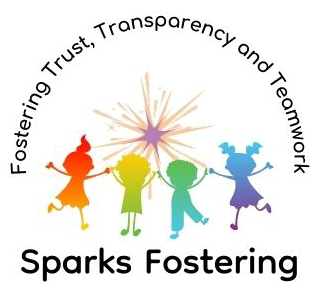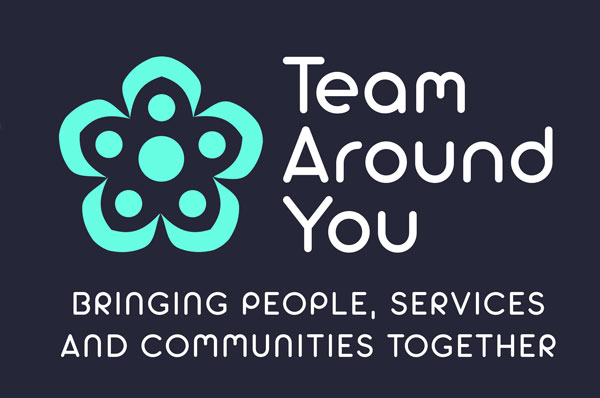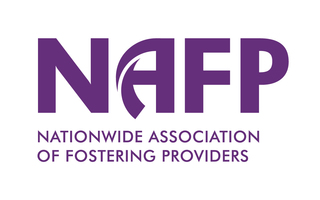Matching Children To Fostering Homes
Procedure
The Sparks Fostering procedure for matching children in care with Sparks foster carers is as follows:
- The local authority placement team sends the child’s details to the Sparks Fostering placement team.
- The placement team reviews the information to ensure that enough necessary information is received to consider a match (if not, more information is requested from the local authority).
- The Sparks Fostering team reviews the list of available foster carers.
- The child’s profile is shared with the social workers of available foster carers.
- The child’s profile is shared with the foster carers whose social workers believed the child to be an appropriate match with them – foster carers are kept informed of outcomes.
- The Registered Manager reviews the matches before confirming which foster carers should be put forward to the local authority as potential matches.
- The successfully matched foster carer prepares the welcome pack for the child, including sharing the Sparks Fostering Children’s Guide at the appropriate time.
Matching criteria
All Sparks Fostering carers are expected to have high quality profiles which provide enough information to enable a good match to be made.
In order to facilitate a strong match, the following information is included in the foster carer’s profile:
– The location of the fostering home: Foster carers who live closest to the child’s school or the location of contact arrangements are given priority.
– Ability to transport the child to school, contact and other activities: Foster carers who drive, and have ample time to facilitate these activities are more likely to be matched to children.
– Age range for matching: Foster carers who are approved to care for wider age ranges are more likely to be matched to children.
– Number of children which can be placed: Sparks Fostering aims to place siblings in the same fostering home, because it is in the children’s best interests. Foster carers can look after sibling groups in large bedrooms, or in multiple spare rooms. The usual fostering limit of 3 children does not apply to sibling groups (but the home must have enough space and the foster carers must have capacity to care for several children). When matching, consideration must also be given to how many children are already in the home, including children looked after, and if the child to be placed would fit in well with the other members of the household.
– Gender of children which can be matched: Foster carers who are approved to care for children of any gender identity are more likely to be offered matches with children.
– Availability for specialist types of placements: Experienced foster carers (who have also attended the appropriate specialist training courses) can be put forward to care for children in remand, parent and child placements, unaccompanied asylum seeking children, and children with complex health needs. Experienced foster carers who are able to meet higher levels and/or specialist need are more likely to be matched to children.
– Experience of caring for children looked after: Experienced foster carers, with a proven record of being able to successfully support children in care are more likely to be matched.
– Other experiences of caring for children: All foster carers are expected to have some level of childcare experience. Foster carers with higher levels of childcare experience are more likely to be matched.
– Other members of the fostering household and their needs: The needs, skills and knowledge of both foster carers (when there are two), any other members of the household (especially children) and any regular visitors to the fostering home, should also be considered. Children who are known to present risk of harm, particularly to children, will not be placed in homes that have other children (whether birth children or children looked after). When considering the capacity of foster carers to care for more children, the foster carer’s commitments to the existing members of the household (including children who are being fostered) will be considered; this is particularly pertinent if the foster carers are considering time intensive care, such as parent and child placements.
– Training record: All Sparks Fostering carers are expected to have read the Sparks Fostering core policies. Foster carers who have progressed to further training, including mentoring and delivering training, are more likely to be matched to children.
– Capacity to meet the child’s educational needs: All foster carers are expected to support children with their educational needs; however, some foster carers may have additional skills and knowledge to support children with educational needs – this improves the likelihood of successful matching.
– Capacity to meet the child’s health needs: All children in care are supported to attend health assessments, GP appointments, and dental appointments. Children in care have varying levels of need, and some children have complex disabilities. It is important that foster carers are clear about the level of need that they have the capacity to support.
– Capacity to support the child with behavioural challenges: Whilst many children in care settle quickly and present few behavioural challenges, all foster carers should be prepared to support children with some level of challenge (perhaps linked to the child’s transition to a new home, or other life challenges). Some children present a higher level of challenge (perhaps linked to attachment issues, trauma or mental health problems) – foster carers must be clear about the level of challenging behaviour that they could support. Foster carers who have the capacity to care for higher levels of challenging behaviour are more likely to be matched to children looking for a fostering home.
– Capacity to support with developmental delay: Some children in care are developmentally delayed and so are functioning at a lower level than their age. Some of the children may never catch up with the development levels expected of their age and may need lifelong support. This may include high levels of support with self-care, communication problems, education, finances, relationships, and staying safe. Caring for children with developmental delay requires a high level of attention and energy from foster carers. Foster carers who have the capacity to care for children with developmental delay would be more likely to be matched with all children in care (including those without developmental delay).
– Supporting the child with their identity (e.g. ethnicity, religion, faith, gender and sexual identity): All Sparks Foster carers are expected to be open to caring for children of any identity; however, as far as possible children are matched to homes who can identify with the children’s identity. It should be noted that the majority of children in care are White British children who don’t identify with any religion, so whilst there is a need for foster carers of minority groups, they may have to wait longer to be matched to a child.
– Hobbies and interests of the members of the fostering household: Ideally children would be matched to homes who share similar interests; although this is not a necessity.
– Pets in the fostering home: All pets are expected to interact well with children. If a child has hurt family pets in the past, or has a phobia of particular types of pets, they won’t be matched to homes with those pets.
– Support network and backup carers: Foster carers who have a strong support network, including backup carers, are more likely to offer stability to children in care and are more likely to have successful placements; therefore, they are more likely to be matched to children.
– Capacity to offer permanence: When children are initially placed into a fostering home, the long term plans are often unclear. Whilst placement lengths may initially be emergency or short-term, foster carers who are able to offer the option of permanence (long term foster care) are best suited to most children in care, who may remain in foster care long term.
– Potential for ‘staying put’ arrangements: Foster carers who are open to offering ‘staying put’ provisions are better suited for children who are likely to remain in foster care long term.
Recommended reading
Ofsted published findings from research ‘Matching in foster care’ in November 2020.







